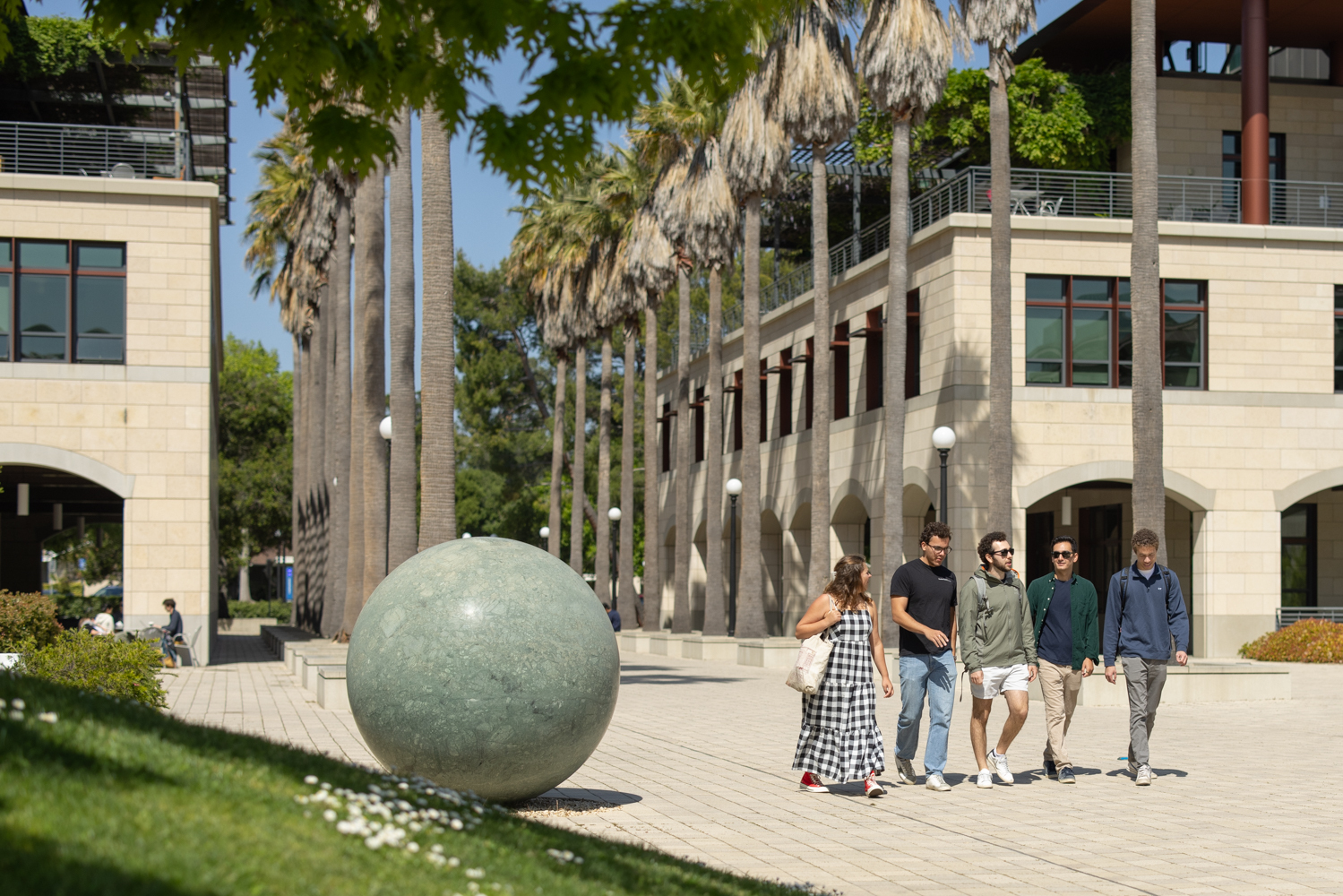
Meet Stanford Medicine’s abatement falconer
Profile
If you happen to spot a Harris’s hawk patrolling the skies above Stanford Hospital, chances are it belongs to Austin Isgitt.
Congratulations, graduates!
Video
On June 16, Stanford awarded 1,838 bachelor’s degrees, 2,575 master’s degrees, and 1,003 doctoral degrees. Watch the highlights from the Commencement ceremony.

Storytelling for a just future
Event Highlights
A new anthology from the Environmental Justice Working Group gives voice to topics including childhood lead poisoning and extreme weather events.

Whittaker makes Olympic team
News
Double NCAA champion Juliette Whittaker finished third in the women’s 800 meters at the Olympic Trials on Monday, setting a Stanford record and a personal best.
Say goodbye to Hello
Photos by Andrew Brodhead

